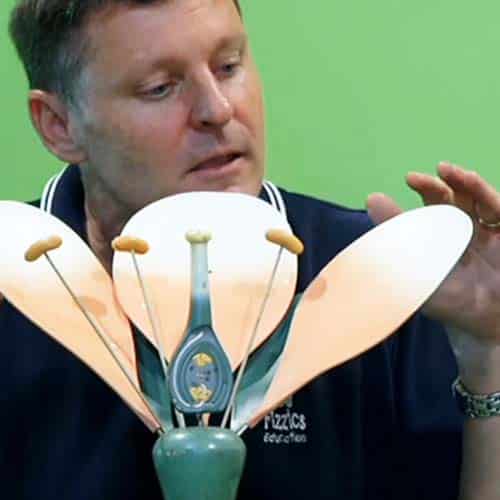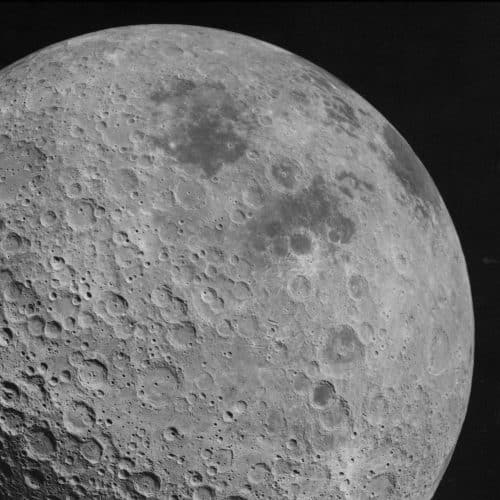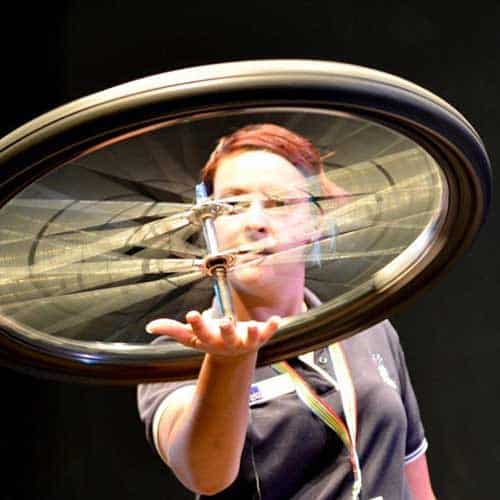Week 1 High School Science @ Home Program
The Living World
- Covers plants, insects, human body, dinosaurs
- February 10 to March 1 at 2:00pm AEDT (Sydney UTC +11)
You can convert your timezone here
Optional materials needed for hands-on activities
February 10
- 2 containers (jars or glasses), 2 straws, balloons, toothpick/scissors, tape, water, food dye, a tray or tub for spills
February 11
- Paper cup, microwavable bowl, melting chocolate chips, spoon, knife (cutlery for cutting up chocolate), small toys or figurines, tray or plate, access to a microwave and fridge
February 12
- Skewer/toothpick, colour pencils or textas, blank paper, flowers, leaves or seed pods (at least one flower would be great)
February 13
- Paper or card, scissors, straws (to be cut up), tape/glue, string, marker/pen/pencil
February 14 – TRIVIA
We will be using Kahoot! Your child can participate by opening a new browser window and going to kahoot.it on the same device used to join the webinar, OR use a second device to play while simultaneously watching the webinar…whichever suits! You can help your child by opening the page before the workshop, and all they have to do later in the session is type in the game code.
Curriculum links
Australian ACARA Content Outcomes:: Science
- Energy conservation in a system can be explained by describing energy transfers and transformations (ACSSU190)
- Interactions between organisms, including the effects of human activities can be represented by food chains and food webs (ACSSU112)
- Multi-cellular organisms contain systems of organs carrying out specialised functions that enable them to survive and reproduce (ACSSU150)
- Ecosystems consist of communities of interdependent organisms and abiotic components of the environment; matter and energy flow through these systems ACSSU176
NSW Science & Technology Syllabus Content
A student:
- develops knowledge of the Physical World, Earth and Space, Living World and Chemical World, and understanding about the nature, development, use and influence of science (SC4-10PW).
- appreciates the importance of science in their lives and the role of scientific inquiry in increasing understanding of the world around them SC4-1VA & SC5-1VA
- relates the structure and function of living things to their classification, survival and reproduction (SC4-14LW)
Victorian F – 10 Science Curriculum
- Light can form images using the reflective feature of curved mirrors and the refractive feature of lenses, and can disperse to produce a spectrum which is part of a larger spectrum of radiation (VCSSU105)
- Ecosystems consist of communities of interdependent organisms and abiotic components of the environment; matter and energy flow through these systems (VCSSU121)
- Global systems, including the carbon cycle, rely on interactions involving the atmosphere, biosphere, hydrosphere and lithosphere (VCSSU128)



























I just wanted to pass on how much the staff and students really enjoyed it and how perfect it was to launch our science week activities. The students were enthralled, educated and entertained – a perfect trifecta!
-Caulfield Grammar School – Big Science Big FunThanks so much for presenting at our school on Monday. Our students enjoyed the show.
-Greenvale Primary School – Big Science Big FunFizzics Education curated a thoughtful and hands-on experience for the children, incorporating practical, skill-based learning activities and followed by a science presentation at the end of the event involving liquid nitrogen. This was delivered safely and effectively, capturing both the children and the parents for the duration of the presentation.
-Macquarie Bank – Family Fun DayFizzics Education ran a show today at our school and it was wonderful. He was a great facilitator and the show was age appropriate and well done.
-Mount Zion Early learning centre – Little Science Big FunI just wanted to pass on how much the staff and students really enjoyed it and how perfect it was to launch our science week activities. The students were enthralled, educated and entertained – a perfect trifecta!
-Caulfield Grammar School – Big Science Big FunThanks so much for presenting at our school on Monday. Our students enjoyed the show.
-Greenvale Primary School – Big Science Big FunFizzics Education curated a thoughtful and hands-on experience for the children, incorporating practical, skill-based learning activities and followed by a science presentation at the end of the event involving liquid nitrogen. This was delivered safely and effectively, capturing both the children and the parents for the duration of the presentation.
-Macquarie Bank – Family Fun DayFizzics Education ran a show today at our school and it was wonderful. He was a great facilitator and the show was age appropriate and well done.
-Mount Zion Early learning centre – Little Science Big Fun